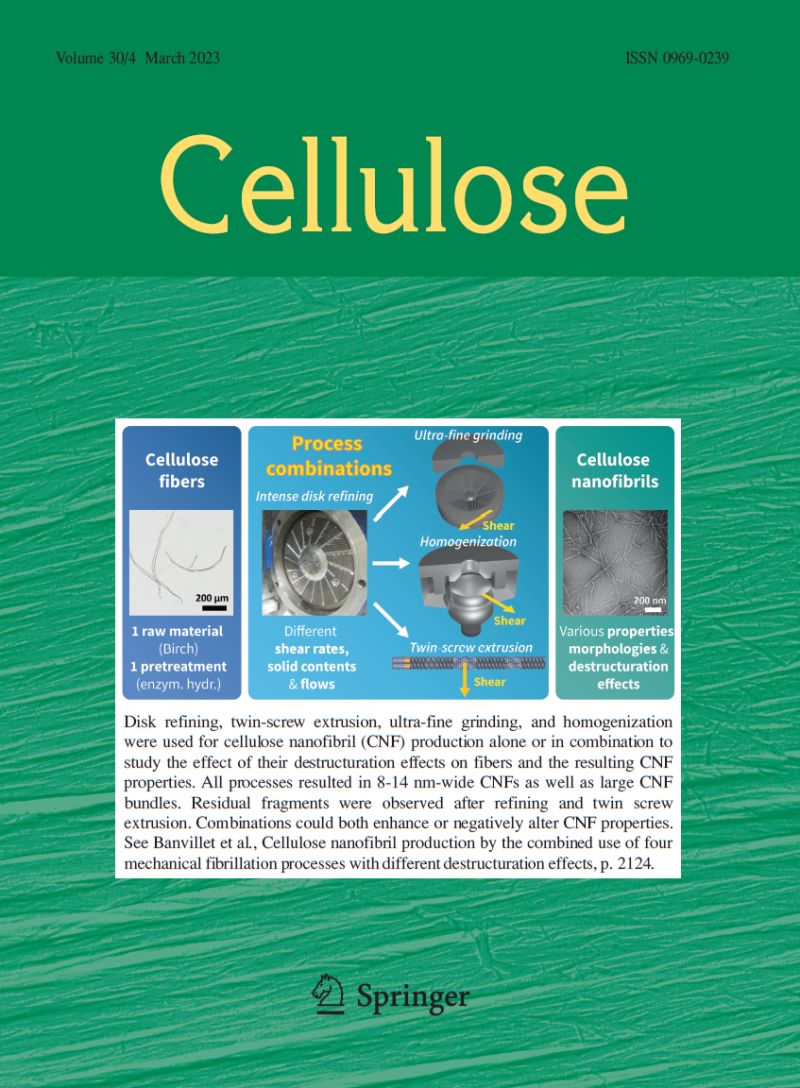Hydrophobic self-sustained natural cellulose-BaSO4 composite coating for efficient daytime radiative cooling
Abstract
The utilization of natural materials along with the renewable daytime radiative cooling process is the present need to encourage better sustainable development. Natural pulp has excellent radiative cooling properties but good hydrophilicity, poor adhesive strength and limited solar reflectance (which may be a severe issue for the high solar intensity zones like India). Therefore, a composite of the barium sulphate particles in cellulose pulp is developed in this study to produce the daytime radiative cooling coating with all favorable characteristics. Barium sulphate particles physically interact with the pulp, so the pulp tends to disperse more uniformly in the dimethylformamide solution in the presence of barium sulphate particles. This composite dispersion forms a stable, adhesive, smooth and environmentally friendly coating. The developed coatings' hydrophobic nature is also detected during the experiment and sliding drops of dew form on the coating. The developed coating produced a temperature drop of 4 °C at noon and 9.1 °C in the absence of solar irradiance. The maximum cooling power observed was 85 W/m2 and the minimum cooling power of nearly 40 W/m2 was recorded, corresponding to a minimum temperature drop just before noon, around 9:30—10:30 am during this experimental study.


 求助内容:
求助内容: 应助结果提醒方式:
应助结果提醒方式:


